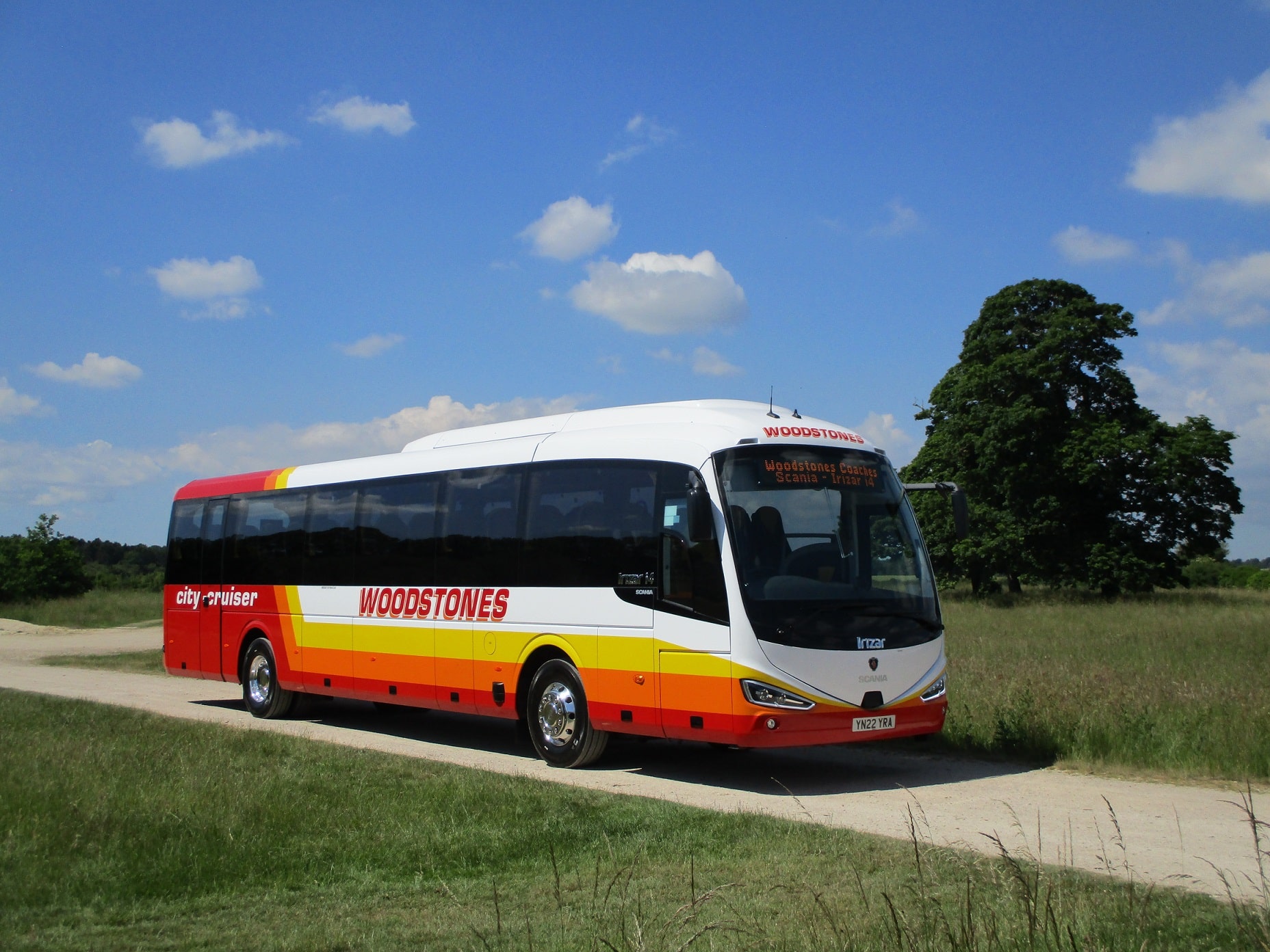With a growing older population in the UK, there is an increasing dependence on and need to understand our ageing workforce. Here Croner-i looks at the inclusive policies that can support older employees.
Although people in the UK are living longer and healthier lives, there is an increasing trend for people to leave the workforce before retirement age. This is having an impact on the labour shortages affecting the transport industry, which highlights the need for workplaces to retain and attract older employees.
When considering the rise in older people leaving work, ill-health is not necessarily considered a primary driver and addressing occupational health and safety can therefore go some way to reducing future labour shortages.
Misconceptions about age
While ill-health is often cited as a reason for older employees leaving work, this need not be the case and the Health and Safety Executive guidance on age in the workplace makes it clear that:
• Over-50s are not necessarily burdened with ill-health, with 62% of over-50s describing themselves as being as fit as ever
• Cognitive abilities for health and safety do not show any marked decrease until after the age of 70
• There is no evidence to suggest that older workers have an increased risk of occupational accidents, although accidents that do occur tend to be more serious.
Additionally, research by the British Medical Association on ageing and the workplace found that the relationship between age, health and employability was weak and summarised that:
• The impact of ageing is minimal among those of working age – and in most jobs where reasonable adjustments can be made, declining health should have no impact
• Chronological age is not the most important determinant of health
• The risk of long-term conditions may increase with age, but the majority of workers are in good health and people with long-term conditions can still work
• The demands of work and other psychosocial factors are more likely to have an influence on developing work-related ill health.
These findings indicate that age is not the best measure of health and generally healthy employees working for an employer that proactively manages health, safety and welfare throughout their careers will be more able to work into their later years.
Health and Safety considerations
Age is only one element of a diverse workforce and, as health and safety-related risk assessments are not specifically required for older workers, assumptions should not be made based on someone’s age; a range of factors can impact our health.
It must, however, be acknowledged that age involves a range of physical changes and, in some cases, people may need additional training or adjustments to work effectively. Managing these changes is part of an employer’s duty of care and where instances of retirement due to ill-health are identified, risk assessments should be carried out routinely and adjustments made based on individual and business needs.
Other age-related health and safety considerations include the following.
• Evidence suggests older workers experience more slips, trips and falls. These can be prevented through business-as-usual health and safety management, such as replacing worn flooring, and providing good lighting
• Physical strength and stamina generally decline with age. The development of issues such as musculoskeletal disorders therefore become more likely, although studies indicate this risk is countered by experience (and the use of machinery, lifting aids and training)
• Sight and hearing decline with age. Measures such as adequate lighting, sight tests and glasses or hearing aids can address the risk
• There is evidence that working shifts for many years can impact health. Measures to address this (e.g. giving people more control over the shifts they work and workplace health checks) can benefit workers of all ages
• COVID-19 disproportionately affects older individuals. Employers need to protect workers from the transmission of COVID-19. Mitigating actions should include improved ventilation and FFP3-grade face mask and individual risk assessment should be carried out for workers at heightened risk.
Actions to support an age-diverse workforce
Although health and safety is one element of attracting and retaining staff, there are other elements that can make a difference. These can be developed with different areas of a business and might cover the following:
1. Know your workforce — knowing the employee profile (now and projected forward) is key to adopting an effective strategy.
2. Understand perceptions — using insights from data such as employee satisfaction surveys to appreciate the experience of employees and their needs. Everyone will have to plan what happens in later life. Do individuals feel like age is a concern? Are they unsure about the affordability of retirement?
3. Does the organisation have a strategy — although the benefits of older employees are well-known, many organisations do not have a strategy for valuing and supporting workers as they get older.
4. Make a decision to support workers — this can include a commitment to changing culture and identifying policies that would support older workers.
There are also several simple ways to become an age-friendly employer advocated by the Centre for Ageing Better. These include:
• Offering flexible working
• Hiring age-positively
• Ensuring everyone has the health support they need
• Encouraging career development at all ages.
Additionally, such simple steps are not just positive for those over 50, and they could be implemented to benefit any workforce and promote employee health, wellbeing and retention.
Making adjustments
While none of us are immune from the effects of ageing, from a health and safety perspective it should present no barrier to work. Other factors can play an important role in the health of an individual and knowledge and experience are important tools in enabling us to counter any decline in physical or sensory capacity.
We may need to be more reliant on the labour of a proportionally older workforce as we consider how to attract younger drivers and reconfigure the industry for the future. Any adjustments provided by employers to support an ageing workforce will usually be of benefit to all workers and make employers more attractive to prospective and existing employees.
In-depth guidance on recruiting and retaining employees is available as part of a subscription to Navigate-Transport and free access to Navigate-Transport Lite is available to routeone members.



























